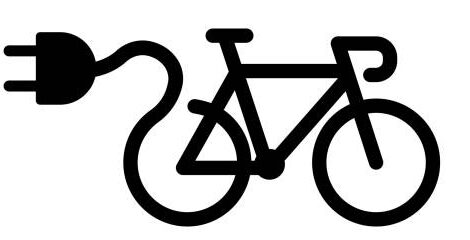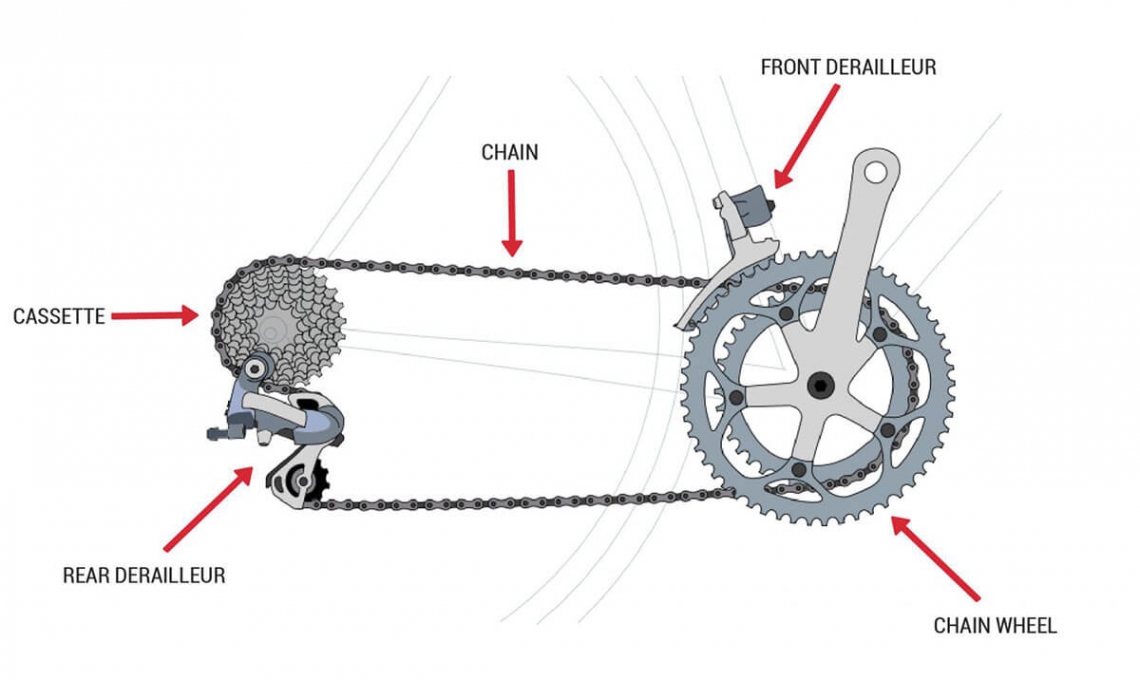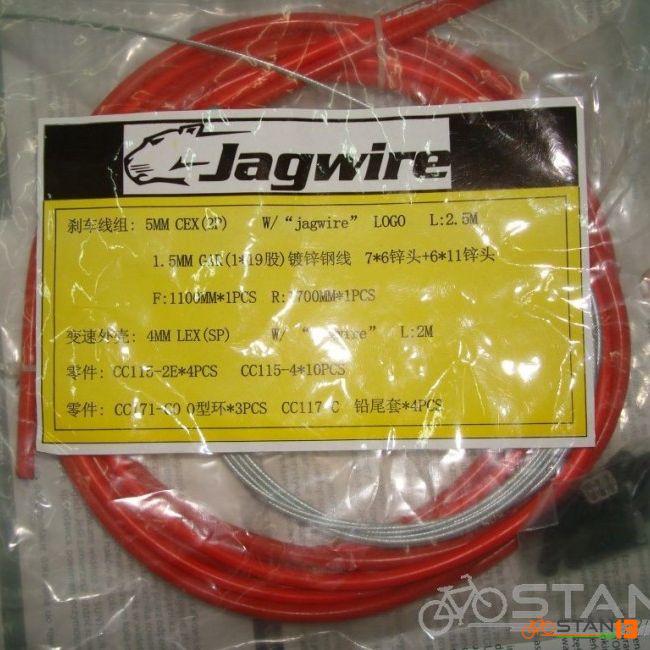Recognizing Common Gear Shifting Problems
Cyclists often encounter gear shifting difficulties. Understanding these issues is the first step in learning how to fix the gear shifter on a bicycle. Common symptoms include gears skipping, difficulty shifting gears, a sluggish response from the shifters, or a complete inability to change gears. These problems can stem from various sources, from minor cable adjustments to more significant component wear. Identifying the specific symptom helps narrow down the potential causes. This allows for a more efficient troubleshooting process and a quicker resolution. Learning how to fix the gear shifter on a bicycle involves systematically checking each potential problem area. Accurate diagnosis prevents unnecessary repairs and ensures a smooth, efficient riding experience. A thorough understanding of the shifting mechanism is essential for effective bicycle maintenance. Understanding the symptoms facilitates appropriate action in addressing the shifting issue.
Another common problem is inconsistent shifting. This might manifest as the chain occasionally slipping off the cogs or jumping between gears unexpectedly. This points to potential issues with cable tension, derailleur alignment, or even worn-out components like the chain or cassette. The inability to shift into certain gears often indicates a problem with the derailleur’s limits. These limits define the highest and lowest gears accessible. If the limits are improperly set, the chain may try to shift into a gear it cannot reach. The process of learning how to fix the gear shifter on a bicycle will involve adjusting these limit screws to restore functionality. Careful observation and a systematic approach are critical to identify and rectify gear shifting problems. Regular maintenance and attention to the shifting system contribute to a more enjoyable cycling experience. Ultimately, a well-maintained bicycle enhances both performance and safety.
Sometimes, the problem isn’t immediately apparent. The shifting might feel slightly stiff or require more force than usual. This subtle indication suggests a problem with cable friction, possibly due to a kinked or dirty cable housing. A worn chain can also cause sluggish shifting and affect the overall efficiency of the drivetrain. Worn chainrings or cassettes display similar symptoms, adding to the challenge of determining the exact source of the issue. A thorough examination of all components is crucial for proper diagnosis and repair. Knowing how to fix the gear shifter on a bicycle encompasses not just cable adjustments, but also the evaluation of component wear and tear. By systematically checking each component, cyclists can pinpoint the problem and address it effectively, improving their ride quality.
How to Diagnose the Issue with Your Bike Gears
Troubleshooting gear shifting problems begins with a thorough visual inspection. Examine the derailleur, checking for any obvious bends or damage. Carefully observe the chain for excessive wear, rust, or stiffness. Inspect the cassette and chainrings for worn teeth or significant damage. These visual checks often reveal the source of shifting issues. Next, check the shifter cable housing for kinks, cracks, or significant dirt buildup. A damaged housing can significantly impede cable movement and hinder smooth shifting, impacting how to fix the gear shifter on a bicycle. Finally, assess the cable tension. Lightly tug on the cable near the derailleur. Excessive looseness or tautness indicates a need for adjustment. This systematic approach helps pinpoint the problem and guides the process of how to fix the gear shifter on a bicycle efficiently. Remember, understanding the components involved is crucial for effective troubleshooting. The derailleur, cable, housing and the chain all play important roles in efficient gear shifting.
To further diagnose the problem, check the derailleur alignment. The derailleur should be positioned correctly relative to the cassette. Misalignment can cause skipping or inconsistent shifting. Use a straight edge or ruler to verify its alignment. Next, carefully examine the limit screws. These screws set the upper and lower limits of the derailleur’s travel. Incorrectly adjusted limit screws can prevent the derailleur from reaching all gears. If you suspect a cable problem, carefully inspect the cable housing for stiffness, particularly near the entry and exit points. Use your fingers to feel for any kinks or roughness that might be impeding the free movement of the cable. This physical examination is essential for identifying hidden issues. Cleaning the cable or housing with a degreaser, followed by lubrication, might solve some simple shifting problems. Understanding how to fix the gear shifter on a bicycle often involves addressing these small details.
Testing the shifting mechanism is the final diagnostic step. Attempt to shift through all gears. Pay attention to any resistance, skipping, or hesitation. Note at which gear the problem occurs. This will aid in determining whether the issue is related to cable tension, derailleur alignment, or component wear. For example, difficulty shifting into the highest or lowest gears may point to a limit screw adjustment. Consistent skipping may indicate a worn cassette or chain. By carefully following these diagnostic steps, you can efficiently identify the underlying problem and take appropriate steps on how to fix the gear shifter on a bicycle. Accurate diagnosis is crucial for effective and efficient repair.
Adjusting Shifter Cable Tension: A Step-by-Step Guide
Learning how to fix the gear shifter on a bicycle often involves adjusting cable tension. This crucial step ensures smooth and precise gear changes. The barrel adjuster, located on the derailleur, controls cable tension. To increase tension, turn the barrel adjuster clockwise. This pulls the cable tighter, moving the derailleur toward the larger cogs (easier gears) on the rear cassette. Conversely, turning the barrel adjuster counter-clockwise loosens the cable, moving the derailleur towards the smaller cogs (harder gears). Small adjustments are key; avoid over-tightening, which can damage the cable or derailleur. Remember to check your gear shifting after each small adjustment. This iterative process allows for fine-tuning your bike’s shifting performance. How to fix the gear shifter on a bicycle often involves this crucial step.
For rear derailleurs, the process is similar. The barrel adjuster affects the cable tension and consequently the derailleur’s position relative to the cassette. Begin by observing how the derailleur responds to shifting attempts before adjustment. This visual check helps determine if the cable needs tightening or loosening. You can also observe the chain’s position on the cassette while shifting. If the chain struggles to move to a higher or lower gear, this pinpoints the need for cable tension adjustment. How to fix the gear shifter on a bicycle effectively involves this critical assessment. Always use small incremental turns of the barrel adjuster, testing after each change to avoid over-adjusting. Clean any accumulated dirt or debris from around the adjuster before you begin. This ensures smooth and precise operation of the mechanism.
Front derailleurs require a similar approach but with slight differences. The cable tension affects the derailleur’s position relative to the chainrings. Adjusting the cable tension impacts the chain’s movement between the chainrings. Again, small adjustments are recommended. The process of how to fix the gear shifter on a bicycle for front derailleurs involves careful observation and iterative adjustments, checking the chain’s movement after every small change. Over-tightening the cable on a front derailleur may limit the chain’s ability to move to smaller chainrings, while loosening it too much may cause chain drops. The key is to find that sweet spot of precise cable tension for smooth, reliable shifts.




